Table of Content
Content optimization is key to achieving better SEO results and increasing online visibility. In today’s competitive digital world, using content optimization tools is essential for businesses that want to rank higher on search engines and engage their audience effectively. By combining the right content optimization strategies with tools, you can improve both website content optimization and product content optimization, leading to more traffic and higher conversions.
For content to succeed, it needs to appeal to both search engines and readers. This guide will cover proven strategies like seamless keyword integration, improving content readability, and aligning your content with user intent. Whether you’re new to SEO or looking to improve your skills, these content optimization techniques will help you stay ahead of the competition. Ready to boost your rankings and engagement? Let’s dive in!
What is Content Optimization and Why Does It Matter?
Content optimization is the key to improving your website’s search engine rankings, increasing visibility, and connecting with your target audience. By optimizing elements like keywords, headings, metadata, and readability, you create content that works for both search engines and readers.
Using relevant keywords strategically helps search engines understand your content and boost its ranking. Content optimization techniques like using clear headings and subheadings improve readability and make it easier for users to navigate your site. Optimized metadata, like title tags and meta descriptions, ensures your content stands out in search results, driving more clicks and traffic.
The goal of content optimization is simple: create high-quality content that ranks well, keeps readers engaged, and provides a seamless user experience across all devices. Follow these Content Optimization Tips to start optimizing your content today, attract more visitors, and grow your audience!
What Are Content Optimization Tools?
Content optimization tools are essential for improving the quality and performance of digital content. These powerful tools help you boost SEO rankings, enhance readability, and improve keyword usage. Whether you’re writing a blog post, creating a product description, or designing a webpage, content optimization tools make it easy to create engaging, high-performing content. By identifying areas like keyword density, formatting, and overall SEO performance, these tools streamline the content creation process and help your pages rank higher on search engines.
Key Benefits of Content Optimization Tools
Enhance your website content optimization by analyzing performance metrics and suggesting improvements.
- Improve product content optimization by ensuring descriptions are relevant and keyword-rich.
- Save time by automating repetitive tasks like keyword research and grammar checks.
- Increase audience engagement with optimized headlines and formatting.
Importance of Using Content Optimization Tools
Content optimization is essential for boosting your website’s search engine rankings and creating user-friendly content. Here’s why using content optimization tools can take your strategy to the next level:
- Boost Search Engine Rankings: These tools help you identify the best keywords, improve readability, and make your content more search engine-friendly.
- Enhance User Experience: Fix formatting issues, grammar mistakes, and readability problems to ensure your content is polished and engaging for readers.
- Increase Conversions: By understanding user intent, these tools help you write content that drives actions like purchases, sign-ups, or clicks.
Whether you’re optimizing blog posts, product pages, or landing pages, content optimization tools and techniques save time, improve quality, and deliver results. Start using content optimization techniques today to improve SEO and drive more traffic!
Content Optimization vs. Content Creation: Key Differences
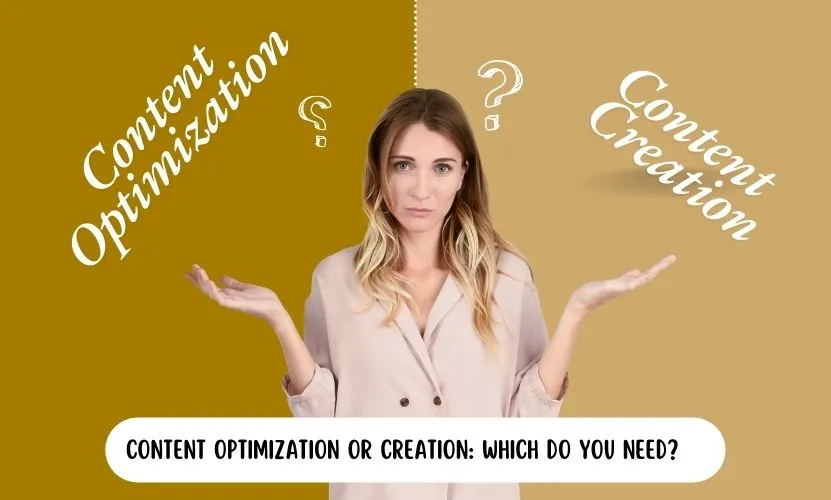
Content creation and content optimization are both essential for a successful SEO strategy, but they serve different purposes. Here’s a breakdown of their key differences:
| Aspect | Content Creation | Content Optimization |
| Purpose | Produces new, valuable content for the audience. | Refines and enhances existing content for better search performance. |
| Focus | Adds unique insights, ideas, and information. | Aligns content with SEO best practices and user intent. |
| Goal | Addresses questions, needs, or interests of the target audience. | Increases content discoverability, readability, and relevance. |
| Process | Involves brainstorming, researching, and writing. | Involves keyword integration, metadata refinement, and structural adjustments. |
| Frequency | Often done on an ongoing basis to keep content fresh and relevant. | Periodically done to keep content updated and optimized as SEO standards evolve. |
| SEO Impact | Depends on how the content is initially crafted with SEO in mind. | Directly impacts SEO by refining content for higher rankings and visibility. |
| Key Activities | Writing, designing visuals, planning layout, structuring for engagement. | Keyword adjustments, meta tag updates, improving internal/external links, image optimization. |
| End Result | New content that provides value to users and addresses specific queries. | Enhanced content that ranks higher, drives traffic, and remains relevant. |
How to Optimize Content for SEO
Ready to get started? Here’s a comprehensive guide to optimizing your content for SEO, serving as a checklist to enhance both discoverability and readability.
- Conduct thorough keyword research to identify relevant terms that resonate with your audience’s queries.
- Integrate these keywords strategically within headings, subheadings, and the body of your text.
- Enhance metadata by refining titles, descriptions, and URLs to improve click-through rates.
- Incorporate internal and external links to establish authority and facilitate navigation.
- Optimize images by adding alt text and compressing sizes for improved speed and accessibility.
- Structure for readability by utilizing short paragraphs, bullet points, and ample white space.
Aligning Content with User Intent for Optimal SEO
Aligning your content with user intent is crucial for successful SEO and improving user experience. Understanding user intent involves four main types:
- Informational Intent: Users are searching for specific information.
- Navigational Intent: Users want to visit a particular site or page.
- Transactional Intent: Users are ready to make a purchase.
- Commercial Investigation Intent: Users are comparing products or services.
Creating content that matches what users are searching for boosts relevance and improves search rankings. For example, someone searching “how to optimize content for SEO” likely wants actionable steps, not just definitions.
Effective Keyword Integration: Balancing SEO with Readability
Keywords are still key to SEO, but their use should be natural. Blend them seamlessly into your content to improve both SEO and readability.
Strategies for Keyword Optimization
- Incorporate primary keywords in titles, introductions, and conclusions.
- Integrate secondary keywords in subheadings and throughout the text.
- Avoid keyword stuffing – use keywords naturally.
Instead of overusing phrases like “SEO-Friendly Content Optimization,” use them where they naturally fit the flow of your content.
Optimizing Metadata for Better SEO: Titles, Descriptions, and URLs
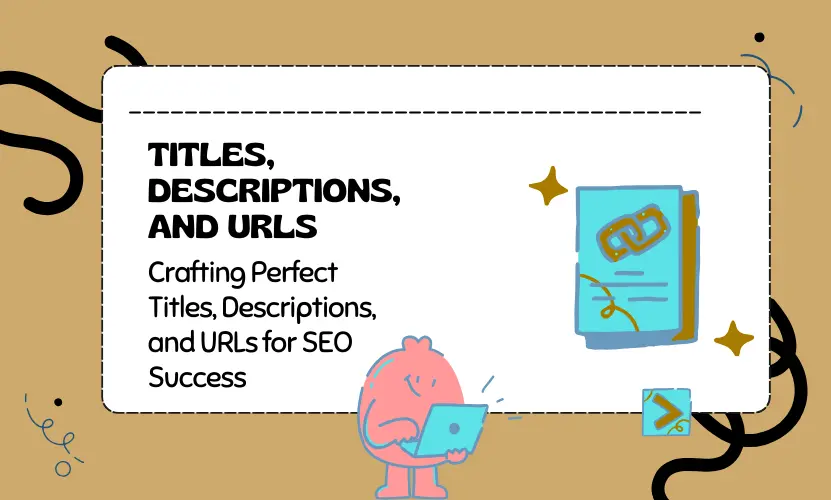
Metadata is crucial as it shapes the first impression on search engines and users. Well-optimized metadata can significantly improve click-through rates and highlight relevance to search engines.
Tips for Effective Metadata Optimization
- Title: Include your main keyword and keep it under 60 characters for maximum impact.
- Description: Write an enticing summary that encourages clicks and engagement.
- URL: Keep it short and include the primary keyword for clarity and SEO benefits.
Think of metadata as the advertisement for your content—if it’s appealing and well-optimized, users are more likely to click.
Crafting Engaging, Readable, and Structured Content for SEO Success
In the age of information overload, readable content is king. Focus on clear structure, engaging language, and logical flow to enhance SEO.
Structuring Content for Better Readability and SEO
- Short Paragraphs: Use them to make your content more digestible and easy on the eyes.
- Bullet Points and Numbered Lists: Simplify complex information for better comprehension.
- Headings and Subheadings: Guide readers through your content and improve SEO by using relevant keywords.
The goal is to create content that’s easy to scan, engaging to read, and quickly delivers on its promise, boosting SEO performance.
Enhancing On-Page SEO with Internal and External Links
Links are vital for SEO-friendly content. Internal links guide readers to related content on your site, while external links lead to credible sources.
Using Links to Improve SEO and User Experience
- Internal Links: Connect to relevant content on your site to keep readers engaged and improve navigation.
- External Links: Link to authoritative sources to build credibility and add extra value for readers.
Both internal and external links strengthen your content’s authority and relevance, helping to improve search engine rankings.
Enhancing Image SEO: Crafting Visuals for Maximum Impact
Images not only enhance the appeal of your content but significantly affect SEO. Properly optimized images load faster, are accessible to screen readers, and contribute positively to SEO efforts.
Strategies for Effective Image Optimization
- Craft descriptive alt text: This helps search engines understand the context of your images.
- Compress images: This reduces load time, improving user experience and SEO.
By integrating relevant alt text and compressing images, you enhance both user experience and SEO performance.
Maximizing Engagement with Effective Content Length and Depth
Content length plays a crucial role, especially when it adds value to the reader. Long-form content often ranks higher in search engine results due to its detailed and comprehensive nature. This type of content provides in-depth information that audiences find useful and engaging.
Optimal Content Length for SEO
For SEO success, aim for blog posts between 1,500 and 2,500 words. This length helps explore topics thoroughly, covering various aspects and offering valuable insights. To boost reader engagement, fill your content with useful information, captivating details, and well-researched data. Steer clear of filler that might dilute your main message, as it can harm quality and clarity. Concentrate on providing real value while incorporating relevant keywords and following effective Content Optimization Tips to improve search engine rankings and build a loyal audience.
Keeping Your Content Fresh: The Power of Regular Updates and Repurposing
Ensuring your content stays fresh is a critical component of successful SEO. Search engines prioritize up-to-date, relevant content, and users naturally gravitate toward current information. Regular updates to your content can significantly boost organic traffic, elevate search rankings, and maintain reader engagement over time.
For instance, revisiting old blog posts to refresh outdated data, update keywords, or add new insights can signal to search engines that your content remains relevant and valuable. By regularly revisiting and enhancing your content, you create a more dynamic site that appeals to both search algorithms and human readers.
Expanding Your Reach Through Content Repurposing
Content repurposing is a powerful strategy to extend the lifespan of your material and reach new audiences by transforming existing content into various formats. For example, a well-researched blog post can be turned into an eye-catching infographic, a short video, or a series of engaging social media updates. Each format can attract different audience segments and increase brand visibility across multiple platforms.
Repurposing content also reinforces your brand’s message and provides numerous touchpoints for users to engage with your expertise. Whether through visuals, audio, or text, repurposing expands your content’s reach efficiently without creating new material from scratch.
Top Content Optimization Tools for 2025
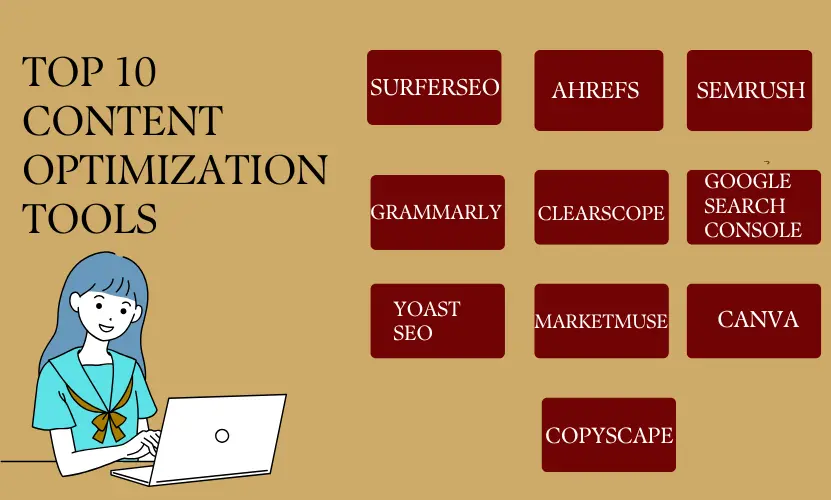
Here’s a curated list of the most effective content optimization tools for various purposes:
1. SurferSEO
- Purpose: Website content optimization
- Features: Provides detailed suggestions on keyword usage, content length, and structure based on top-ranking pages.
- Best For: Bloggers, content writers, and SEO professionals.
2. Ahrefs
- Purpose: Keyword research and competitor analysis.
- Features: Identifies content gaps, tracks backlinks, and suggests optimization strategies.
- Best For: Comprehensive content optimization techniques.
3. SEMrush
- Purpose: Product content optimization
- Features: Analyzes competitors’ product pages, suggests keywords, and tracks rankings.
- Best For: E-commerce websites.
4. Grammarly
- Purpose: Enhancing readability and grammar.
- Features: Detects grammar, spelling, and clarity issues.
- Best For: Improving the quality of all types of content.
5. Clearscope
- Purpose: Content optimization for search engines.
- Features: Suggests semantically related terms to enhance content relevance.
- Best For: Creating highly targeted content.
6. Google Search Console
- Purpose: Tracking content performance.
- Features: Provides insights into clicks, impressions, and search terms driving traffic.
- Best For: Monitoring the effectiveness of your content optimization checklist.
7. Yoast SEO
- Purpose: On-page SEO for WordPress sites.
- Features: Optimizes meta tags, keywords, and readability.
- Best For: Beginners and WordPress users.
8. MarketMuse
- Purpose: Content strategy development.
- Features: Analyzes topics to create comprehensive content briefs.
- Best For: Long-form content creators.
9. Canva
- Purpose: Visual content optimization.
- Features: Helps create engaging images and infographics.
- Best For: Boosting visual appeal alongside textual content.
10. Copyscape
- Purpose: Plagiarism detection.
- Features: Ensures your content is original and SEO-friendly.
- Best For: Maintaining credibility and avoiding duplicate content penalties.
These tools are designed to cover various aspects of content optimization, from improving SEO and readability to enhancing visual appeal and originality. Whether you’re a blogger, marketer, or e-commerce specialist, this list has something to streamline your workflow and amplify your content’s impact.
Content Optimization Tips for Success
Here are additional content optimization tips to elevate your strategy:
- Leverage Analytics: Continuously analyze data from tools like Google Analytics to refine your strategy.
- Repurpose Content: Turn blogs into videos, infographics, or podcasts to reach a wider audience.
- Update Old Content: Refresh outdated articles to maintain relevance and rankings.
- Focus on E-A-T: Build expertise, authority, and trustworthiness with well-researched and credible content.
Evaluating Optimization Success Through Key Metrics
Once your content is optimized, tracking performance is vital to measure its impact and make data-driven adjustments. Key metrics to monitor include:
- Organic Traffic: Reflects the number of visitors from search engines. A steady increase indicates well-optimized content that appeals to search algorithms.
- Bounce Rate: Measures the percentage of users leaving your site without further interaction. A high bounce rate might signal a disconnect between user expectations and content.
- Click-Through Rate (CTR): Shows how often users click on your content link in search results. A high CTR suggests engaging and relevant titles and meta descriptions.
Monitoring these metrics provides a clear picture of content optimization effectiveness and helps identify areas for refinement. This data guides informed decisions to enhance content performance consistently.
Conclusion
Content optimization is an ongoing process that requires the right combination of tools, techniques, and creativity to achieve lasting results. By leveraging the content optimization tools and strategies outlined in this blog, you can craft impactful content that not only ranks higher on search engines but also engages your audience and drives meaningful conversions.
Implementing these content optimization tips goes beyond mere surface adjustments; it involves aligning your content with user intent, optimizing for readability, and continuously refining it to stay relevant in an ever-changing digital landscape.
Are you ready to take your content to the next level? Let Rankonix help you achieve your goals with expert SEO and content optimization services. Visit Rankonix today to learn more and get started on your journey to online success!
FAQs
Q. What is the difference between website content optimization and product content optimization?
Website content optimization aims to enhance the performance of various types of content—such as blogs, landing pages, and service descriptions—to improve search engine rankings and boost user engagement. In contrast, product content optimization focuses exclusively on e-commerce product pages, refining elements like descriptions, images, and meta tags to increase visibility and drive sales.
Q. What are some common mistakes to avoid in content optimization?
Common mistakes include keyword stuffing, which can negatively affect SEO rankings, failing to optimize for mobile users, neglecting user intent, not updating old content to maintain relevance, and focusing exclusively on search engine algorithms instead of balancing user experience.
Q. How often should I update and optimize my content?
You should review and optimize your content at least every six to twelve months. However, if there are changes in search engine algorithms, industry trends, or a noticeable decline in performance, updating your content more frequently is recommended.
Q. Which content optimization tools are best for beginners?
For beginners, tools like Yoast SEO, Grammarly, and Google Search Console are excellent starting points. These tools are user-friendly and provide straightforward insights to help improve on-page SEO, readability, and overall performance.
Q. How do content optimization techniques impact user engagement?
By improving readability, relevance, and visual appeal, content optimization techniques make your content more engaging. These techniques ensure that users find what they’re looking for quickly, stay on your page longer, and are more likely to take desired actions, like making a purchase or signing up.
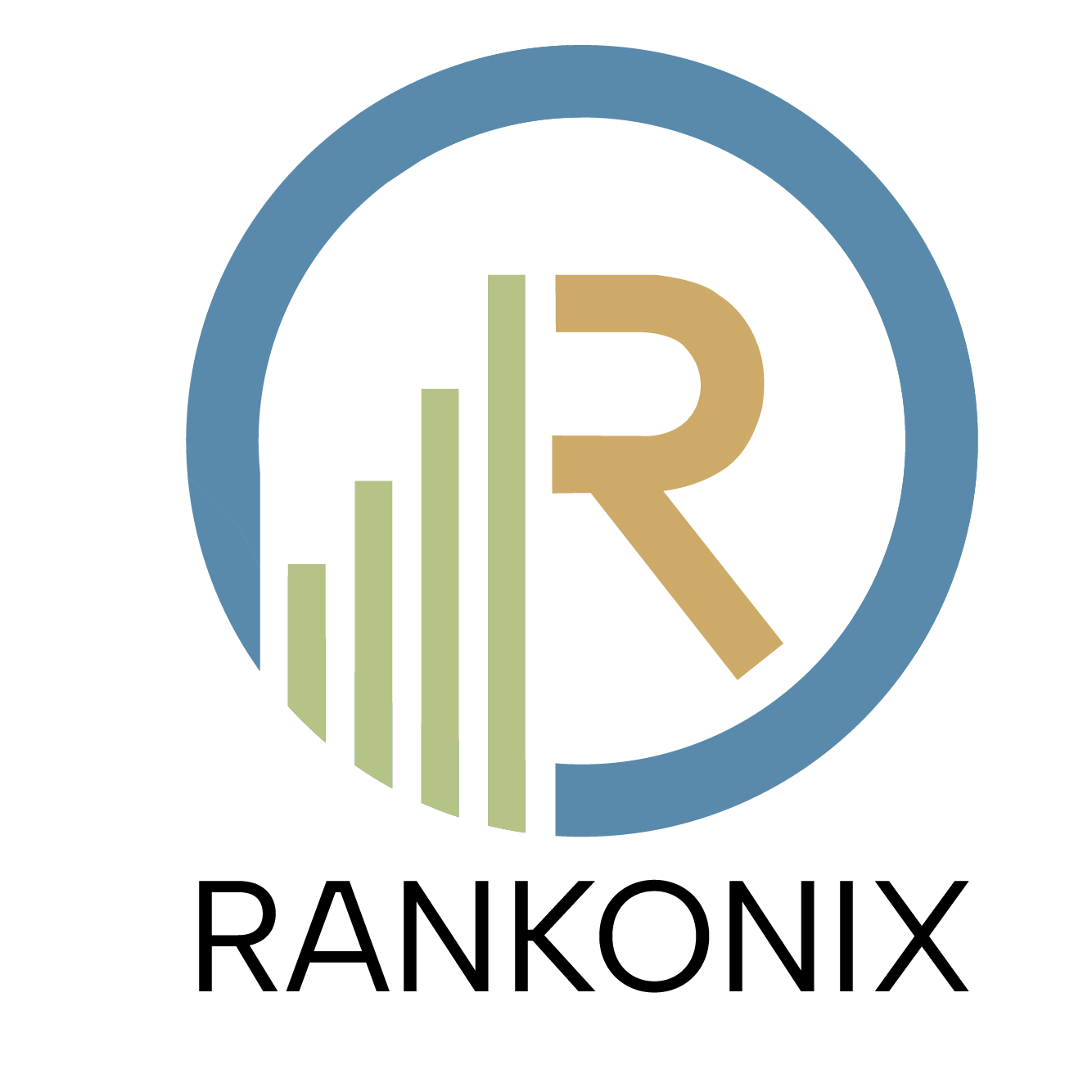
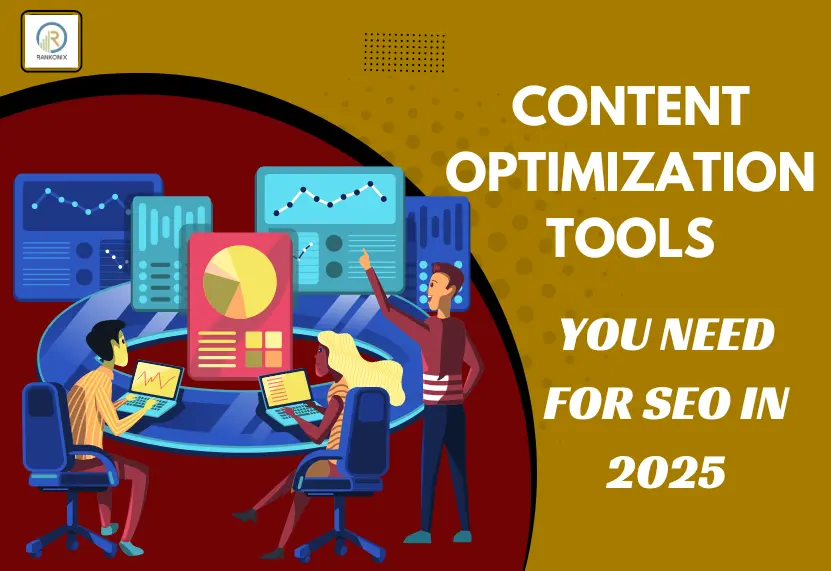
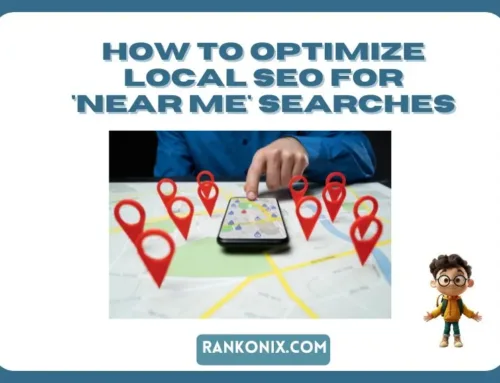
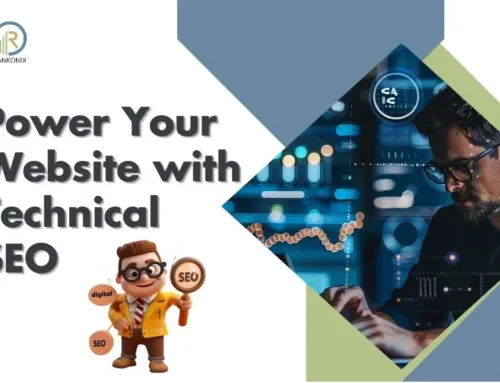
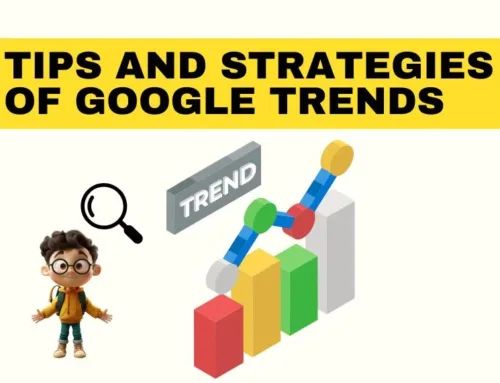
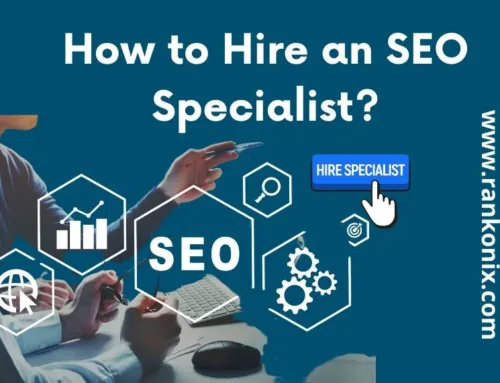
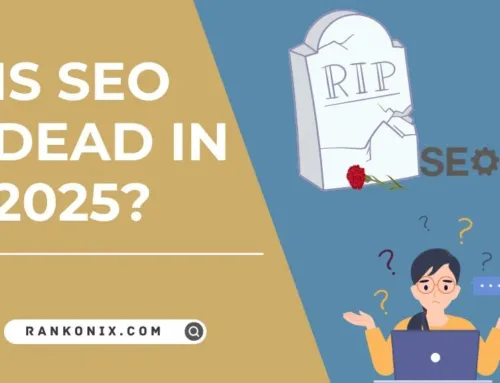
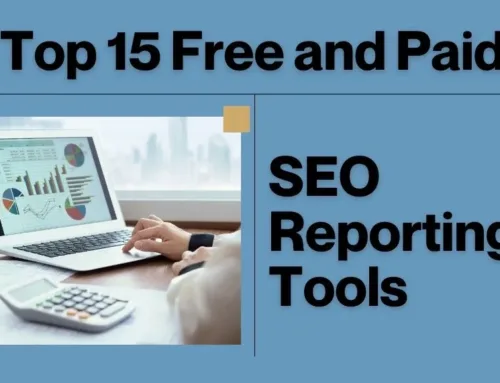
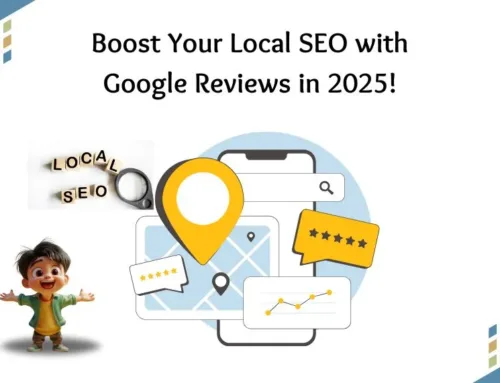

Leave A Comment